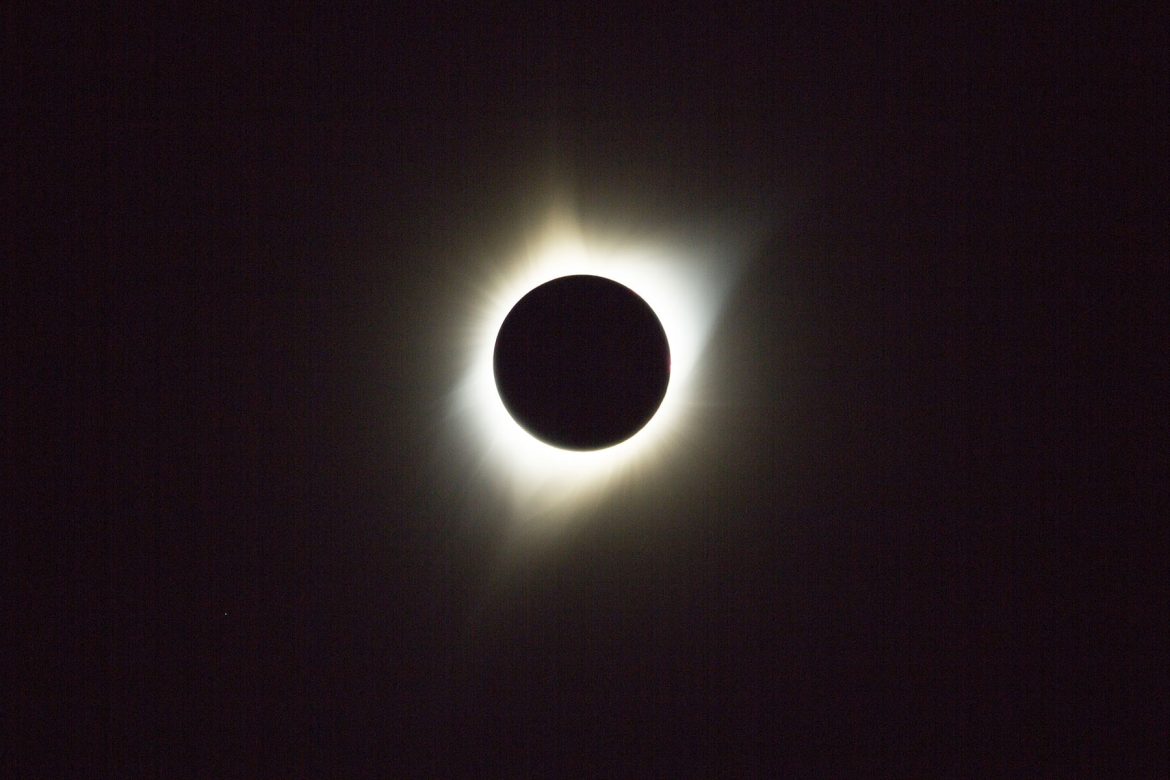As the curtain rises on Holy Week, the skies above Costa Rica are set to host an astronomical event that promises to dazzle and intrigue. The night sky, typically a serene backdrop for the twinkling stars, will witness a captivating penumbral eclipse of the Moon, a celestial ballet where the Moon pirouettes through the Earth’s shadow. This dance is not with the dark core of the Earth’s shadow, the umbra, but with its softer, outer fringe known as the penumbra.
The Penumbral Performance: A Lunar Light Show
Scheduled to grace the cosmic stage from late tonight until the wee hours of the morning, this astronomical event will begin its nocturnal narrative at precisely 10:53 p.m. It’s expected to reach a dramatic climax at 1:12 a.m. before taking its final bow at 3:32 a.m. Observers in Costa Rica are in for a visual treat as the Moon ascends to a commanding position high in the sky, assuming the spotlight for this night-time performance.
Viewers equipped with patience and a keen eye might notice a subtle phenomenon: a delicate veil seemingly cast over part of the Moon. This ethereal effect, a gentle dimming rather than a complete shadow, promises to captivate onlookers before it’s ceremoniously lifted, revealing a segment of the Moon bathed in an intense glow, untouched by Earth’s penumbral shadow.
The Grand Finale: A Solar Eclipse
But the celestial festivities don’t end with the Moon’s nocturnal ballet. The season is set to conclude with a spectacular grand finale—a total eclipse of the Sun on April 8, 2024. While Costa Rica will witness this event as a partial solar eclipse, observers in certain locales of Mexico, the U.S., and Canada will be treated to the full spectacle of the Sun disappearing behind the Moon’s shadow, turning day into night in a breathtaking display of cosmic coincidence.
Viewing Tips: How to Watch the Sky’s Spectacles
For those eager to witness these celestial events, a few tips can enhance the experience. For the lunar eclipse, find a spot away from city lights with a clear view of the sky. No special equipment is needed—just your eyes, though binoculars can help discern the subtle shading of the penumbral eclipse.
The solar eclipse, however, demands more caution. Viewing a solar eclipse requires proper eye protection to prevent serious damage. Special eclipse glasses or solar viewers are essential for watching this daytime drama unfold.
The Takeaway: A Cosmic Calendar of Events
These celestial events serve as a cosmic calendar, marking time in the grand tapestry of the universe. They remind us of the ongoing dance between the Earth, Moon, and Sun—a celestial choreography that has fascinated humanity since time immemorial. As Costa Rica prepares to play host to these skyward spectacles, it’s an open invitation to all to pause, look up, and marvel at the wonders of the universe.
From the shadowy embrace of a penumbral lunar eclipse to the dramatic darkness of a solar eclipse, these events promise to be a highlight for stargazers and casual observers alike, offering a moment of cosmic connection in an often too-busy world.

